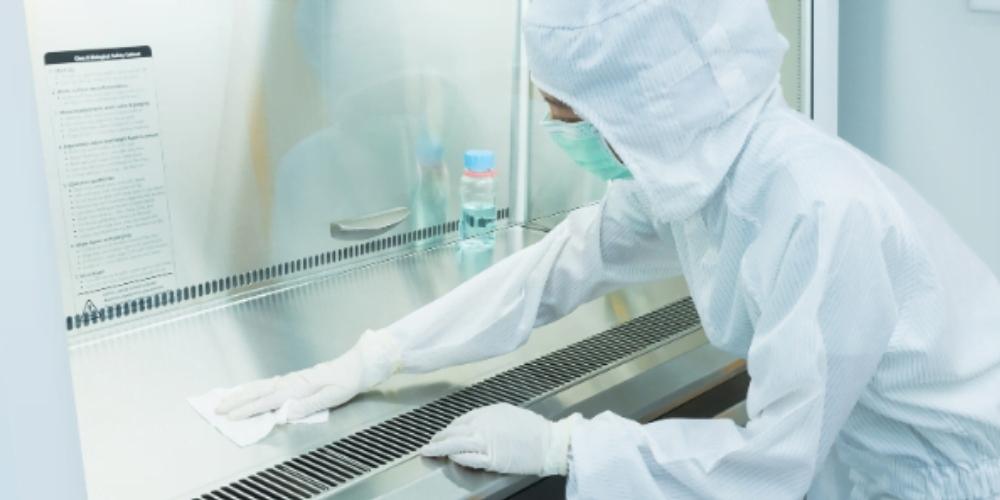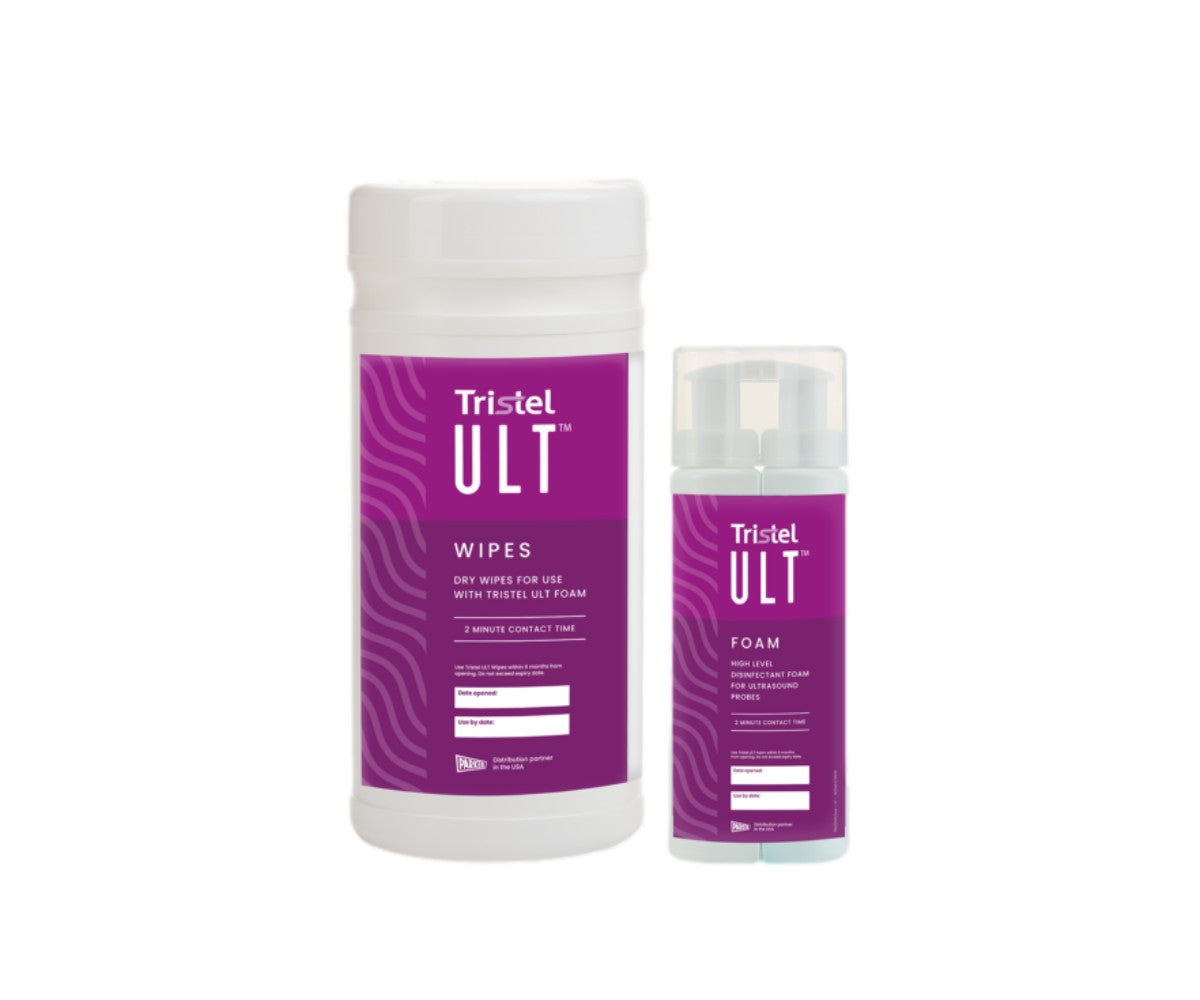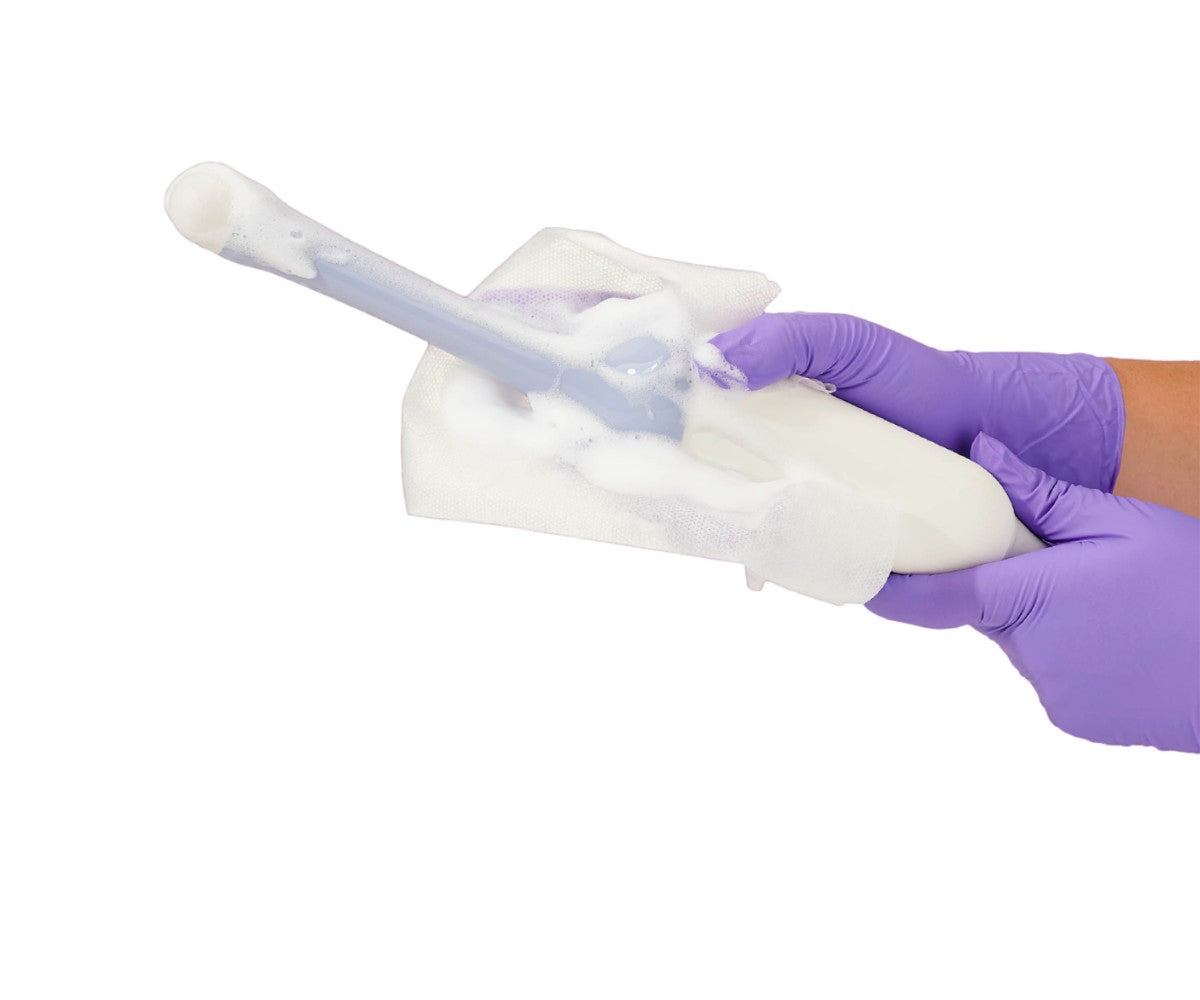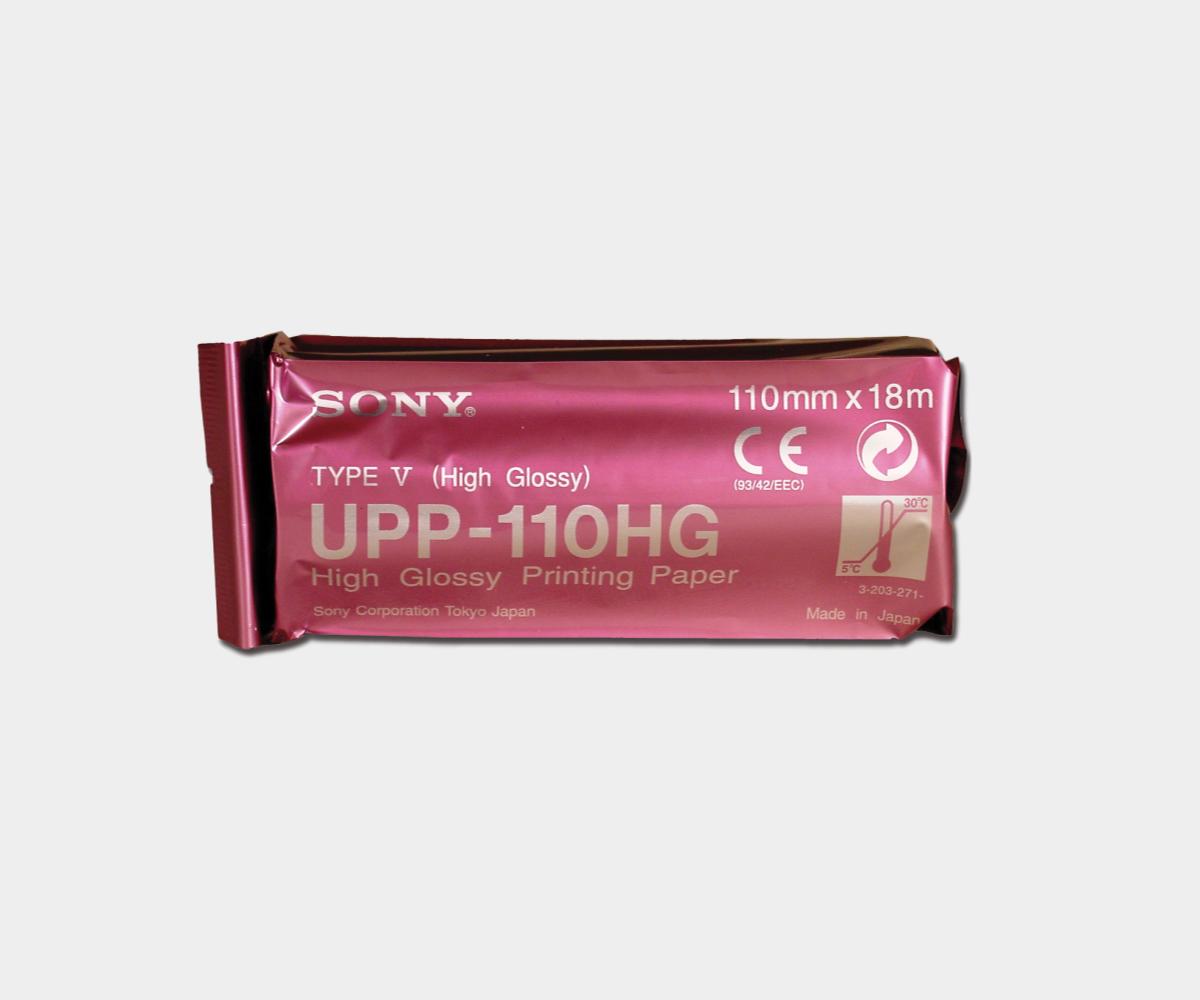The coronavirus outbreak has made infection control a top of mind concern for medical practices and the general public. Governments around the world have been pushing stringent public health strategies to stem the spread of COVID-19 and this includes the promotion of safe disinfection practices.
Although infection preventionists and medical staff in healthcare facilities may be accustomed to the need for infection control, the pandemic has created new concerns for the general public. To clarify its recommendations, the Centers for Disease Control and Prevention (CDC) recently cleared up the difference between two terms that some individuals may find interchangeable: cleaning and disinfecting.
In the medical community, these two terms are never interchanged as their meanings are intrinsically different.
According to the CDC, cleaning refers to the removal of germs, dirt, and impurities from surfaces. It is important to note that cleaning does not kill germs, but rather lowers their numbers. This reduces the risk of spreading infection, and in a healthcare facility, reduces the spread of healthcare-acquired infections. Cleaning is performed in all healthcare facilities on a regular basis to ensure good hygiene practices. For example, hospitals typically have a cleaning crew that is charged with taking care of different spaces within the facility, such as patient rooms, waiting areas, and the ER.
In the case of well-planned infection control procedures, disinfecting and cleaning go in tandem. The CDC says that disinfecting is when chemicals are used to kill germs on surfaces. This process of surface disinfection does not necessarily clean the dirty surfaces or remove the germs. Instead, surface disinfection should be performed after cleaning. It provides a second barrier of infection control against the risk of spreading diseases.
When it comes to healthcare-facilities, surface disinfection goes beyond areas that are commonly touchpoints for the public, such as door knobs. As sterility is essential in some healthcare spaces, such as the operating room, all equipment present in the room should be disinfected. For example, depending on the procedure, we recommend disinfecting ultrasound machines and transducers before and after each patient use. The degree to which equipment and devices in the medical environment are disinfected varies on a case by case basis. However, having disinfection protocols in place reduces the risk of spreading infection and contributes to an increase in patient safety.
High-level disinfection is also an extra step which healthcare facilities should take. Endocavity ultrasound transducers are used in mucous tissues and membranes, for example, and pose a significant risk to patient health if not properly cleaned and disinfected. These devices can be disinfected with a medical-grade spray or wipe, but doing so should not replace high-level disinfection which uses specially made chemicals to kill viruses and bacteria. Learn more about the different infection control classifications here.
Infection control must be of the upmost importance to medical practices, and in the midst of the coronavirus pandemic, to the general public. When used in tandem, cleaning and disinfection provide a strong barrier of defense against the spread of coronaviruses and other diseases.
EDM provides a wide range of medical-grade disinfection products to protect your patients and medical staff, such as the Parker Protex disinfectant spray which is effective against COVID-19. Learn more about our recommendations for COVID-19 infection prevention here.






